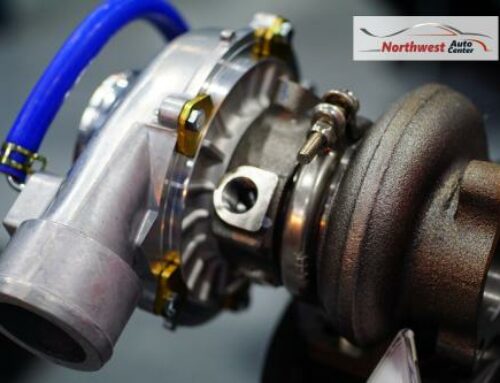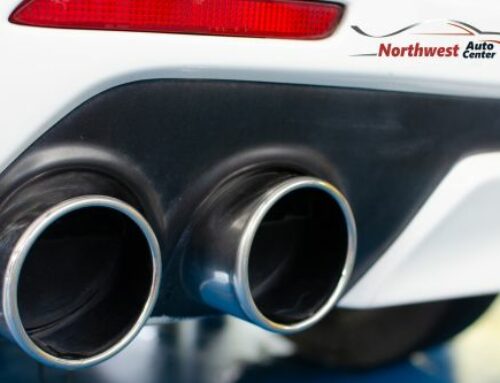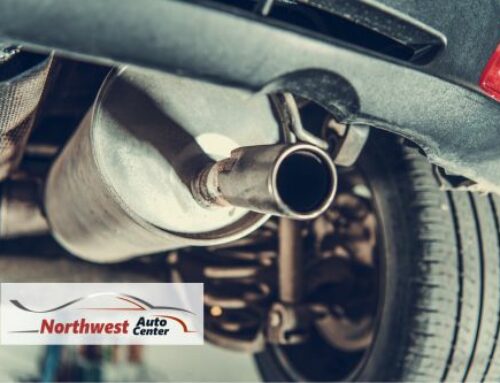Ever wonder what’s responsible for transferring power and timing in your engine? The answer is drive belts. Whether a multi-belt system or a singular belt, without them your car doesn’t function.
Different Types of Belts in Cars
V-Belt System
Found in older vehicles, the v-belt system uses multiple belts coming off a single crankshaft to drive and transfer power to most major components. They act together as a transmission belt, forcing power to the alternator, hydraulic steering, cooling systems and more.
Drive belts got the “V-Belt” name because of the way the teeth in the rubber belt are grooved, forming a line of v’s. The v-belt system tapered out as the multi-belt system comes with more disadvantages than a one-belt system including:
- harder to tension correctly
- rotation of the pulley under hard strain
- more expensive as they tend to wear and fail at once
Serpentine Drive Belts
The most common belt in the modern car and responsible for most of the functions in your vehicle, the Serpentine Belt replaced the multi-belt V-belt system. The serpentine is one belt that winds throughout the entire engine transferring power.
It’s responsibilities? Keeping the alternator, power steering, air conditioning and in some vehicles, the cooling systems working. Without it, your engine may overheat or just not run at all.
Timing Belts
Timing belts are responsible for keeping the crankshaft and camshaft in sync. How? By controlling the opening and closing the engine valves to match the movement of the pistons.
Why does this matter? Car engines have tons of moving parts — all in a tiny area. Without the timing belt, they would run into each other.
Signs of Failing and Wearing Drive Belts
When drive belts fail, your car doesn’t work correctly. At times, the force of the snapping of the tensioned belt can also damage other components of the vehicle. Because of this, it’s essential to head the warning signs.
Road dirt, water, extreme heat, dry climates and oil all cause increased wear and tear on belts.
Unanimously, it’s important to inspect your drive belts every 40,000 – 50,000 miles as even if they show none of these outward signs of wearing, they’re time could be coming to an end.
V-Belts
The classic sign of wearing drive belts? Squeaking and chirping. And it’s the main indication of failing v-belts.
Serpentine Belt
Besides the classic chirping and squeaking, when your serpentine belt begins wearing, your vehicle may also show these symptoms:
- Troubles Starting
- Engine Overheating
- Power Steering and AC Not Working
Timing Belt
Buried within your engine, visual inspection of timing belts is difficult. But, be aware. Because of the close quarters, a snapped timing belt can wreak havoc on an engine, leading to an expensive repair.
If a timing belt is close to failing, you may hear a slapping noise coming from the inside of the engine. Also, cars tend to idle roughly with worn timing belts.
Protecting your drive belts and listening for signs of wear prevent costly repairs down the road. Think you hear something off with your drive belts? Schedule an inspection with Northwest Auto Center of Houston today.







Leave A Comment
You must be logged in to post a comment.